In the competitive world of e-commerce, having a well-optimized Shopify store can make all the difference in attracting and converting customers. With millions of online stores vying for attention, it’s crucial to ensure that your store stands out from the crowd and drives better conversions. Here are some key strategies to optimize your Shopify store for improved conversion rates.
Enhance Your Store’s Speed and Performance
One of the most critical factors in improving conversions is the loading speed of your website. Slow-loading websites can lead to high bounce rates and lost customers. Optimize your Shopify store by compressing images, leveraging browser caching, and minimizing the use of external scripts. Regularly monitor your store’s performance and make necessary adjustments to ensure a fast and seamless browsing experience.
Implement a Responsive Design
With the increasing use of mobile devices for online shopping, having a responsive design is essential for optimizing your Shopify store. Make sure your store is mobile-friendly and adjusts seamlessly to different screen sizes. A responsive design not only improves user experience but also boosts your store’s visibility on search engines, leading to higher organic traffic and conversions.
Simplify Navigation and User Experience
A cluttered and confusing store layout can deter potential customers from exploring further. Streamline your navigation menu by categorizing products into clear and intuitive sections. Implement a search bar and filters to help visitors find what they are looking for quickly. Additionally, optimize your product pages by including high-quality images, detailed descriptions, and customer reviews to build trust and provide a seamless shopping experience.
Optimize Product Pages for SEO
To drive organic traffic to your Shopify store, it’s crucial to optimize your product pages for search engines. Conduct keyword research and incorporate relevant keywords naturally into your product titles, descriptions, and meta tags. Write unique and compelling product descriptions that highlight the benefits and features of your products. Additionally, optimize your images by including alt tags with relevant keywords.

